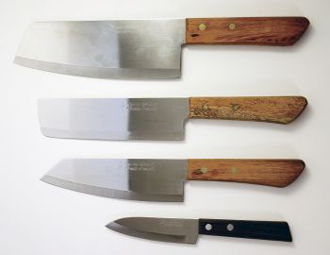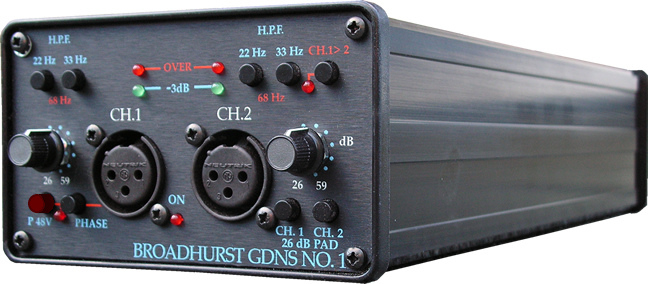All throughout my life, there has been an implied expectation that technology would eventually render paper obsolete. Paper chokes the world's landfills. Paper mills are dirty, old-world consumers of forests. Paper is inherently transient, disposable, flammable, and difficult to store, index, and search through.
Think of the sparkling promise of the Paperless Office. No truckloads of tree products schussing through corporations like so many laxatives. Minimalist spaces, informed only by a sleek, all-knowing screen. E-book readers, online encyclopedias, web media, and e-mail have put several nails in paper's proverbial- and not for no reason, right?
However... The other day, I was at a meeting, and found myself the only person with a composition book instead of a laptop. My eyes were, largely, looking at the people in the room, with breaks here and there to jot things down. My compatriots all sat, with eyes like iridescent marbles, three-quarters of their focus on the glowing displays in front of them, with only a detached involvement in the conversation. This behavior is not uncommon.
Apart from the absence of distraction a simple tablet of paper affords me, it also offers an easy, automatic kind of information management. While those with laptops saved and closed their documents, went back to their offices and changed gears entirely, I had an open comp book, with the details of the meeting, sitting on my desk.
I have an unwritten contract with my comp books. If I write something in them, it tends to be topical. Daily to-dos, edits for documents, info from meetings, ideas, thoughts. My agreement to myself is to keep the content of the moment on one page, and to keep the book open to that page until I've done the to-dos, processed the info, expounded on the ideas, milled through the thoughts, etc. Once that's done, I turn to the next page and start again.
If that page were a text document instead, it would sit, tucked away in a docs folder or swirling in the mire of my constantly-packed desktop. The very fact that it no longer exists tangibly until I decide to open it has to be kept in my mind's buffer. Don't forget that doc, it's got important details on it... Don't forget it... Be sure to look at it when you have time or it's going to get buried...
I have what I consider to be pretty tremendous focus, but it has but one track, and the sanctity of that track must be defended to the death, lest I paralyze myself by scattering it. The act of keeping that doc in the buffer, that pea under 12 mattresses, can wreak havoc. So instead it sits, inscribed in my never-advanced-past-4th-grade chicken scratch, on a pad of paper that is always on my desk, telling me, "Hey, when you've got time, just glance over here and take care of what I've got for ya. No rush."
Sure, some folks may do a variation of this by having huge monitors, or perhaps several, with all kinds of data sprawled across them for easy review. That's fine, until you have to reboot, and thus, remember what you had open. Or if, even worse, you're not diligent with the save button and you lose some ephemeral-but-vital thought to a crash. To me, a few comp books are the cheapest big, daylight-readable, eye-friendly portable monitors I can think of. You can have one for each stream of thought you deal with on the daily, one for every project, one for the daytime, one for night, whatever you want. They are your buffers. Use them as you will.
There are other pluses for me in all this. For one, digital data is, by its very nature, ubiquitous. Your work comes home with you as naturally as the mud on your Chucks. For today's workaholic culture, that means there's no end to the chances you have to ruin a perfectly good weeknight, knocking out those last... few... i-dottings... and... t-crossings. Why not? Hell, it's there and it beats petting the cat, right? WRONG. The cat needs petting, and you need a BREAK. With the minutiae of your work sitting inexorably, physically at work, intentionally inaccessible, you've earned yourself a reprieve.
Probably the biggest upside to this for me is this: I have a finely-honed ability to distract myself- To close that important doc and file it away "for later". I often won't see it again until I chance upon it weeks later, practically shaking with self-annoyance, when it no longer applies, tasks left undone and ideas damp and dormant. With this paper buffer system, the data is there, in front of my face. All I have to do is agree not to turn the page until the page has been processed.
Works for me.
 I’ve just spent at least an hour flipping through this fabulous old book (offered for free by archive.org). The Slang Dictionary - Etymological, Historical, and Anecdotal (London, 1913) touches on the patois employed by various classes of ruffians, outlaws, and untouchables in British history. It bears such useful, forgotten terms as:
I’ve just spent at least an hour flipping through this fabulous old book (offered for free by archive.org). The Slang Dictionary - Etymological, Historical, and Anecdotal (London, 1913) touches on the patois employed by various classes of ruffians, outlaws, and untouchables in British history. It bears such useful, forgotten terms as: I come from a family of artists. I don't mean an "artsy" family— I mean, my dad, my mom, and both siblings were artists. Very talented artists. For years, I filled sketchbooks with ill-executed doodles. I drew musclebound action heroes with giant guns, and 80's-futuristic sports cars drawn in 3/4 view, which my lack of knowledge of perspective turned into formless, shiny blobs.
I come from a family of artists. I don't mean an "artsy" family— I mean, my dad, my mom, and both siblings were artists. Very talented artists. For years, I filled sketchbooks with ill-executed doodles. I drew musclebound action heroes with giant guns, and 80's-futuristic sports cars drawn in 3/4 view, which my lack of knowledge of perspective turned into formless, shiny blobs.

















 As I got more serious about cooking, I splurged and bought myself a very nice Kai Shun santoku - like the Tosagata Hocho,
As I got more serious about cooking, I splurged and bought myself a very nice Kai Shun santoku - like the Tosagata Hocho, 


 These are a few of the things I use the most. They represent the current optimum, each one sitting (perhaps uneasily) on top of a metaphorical stack of tools much like it, having bested the previous iteration through some feat of function, form, feel, or all three. Here goes:
These are a few of the things I use the most. They represent the current optimum, each one sitting (perhaps uneasily) on top of a metaphorical stack of tools much like it, having bested the previous iteration through some feat of function, form, feel, or all three. Here goes:



 If you asked a group of people who know me what my average week was like, they'd probably list:
If you asked a group of people who know me what my average week was like, they'd probably list:









